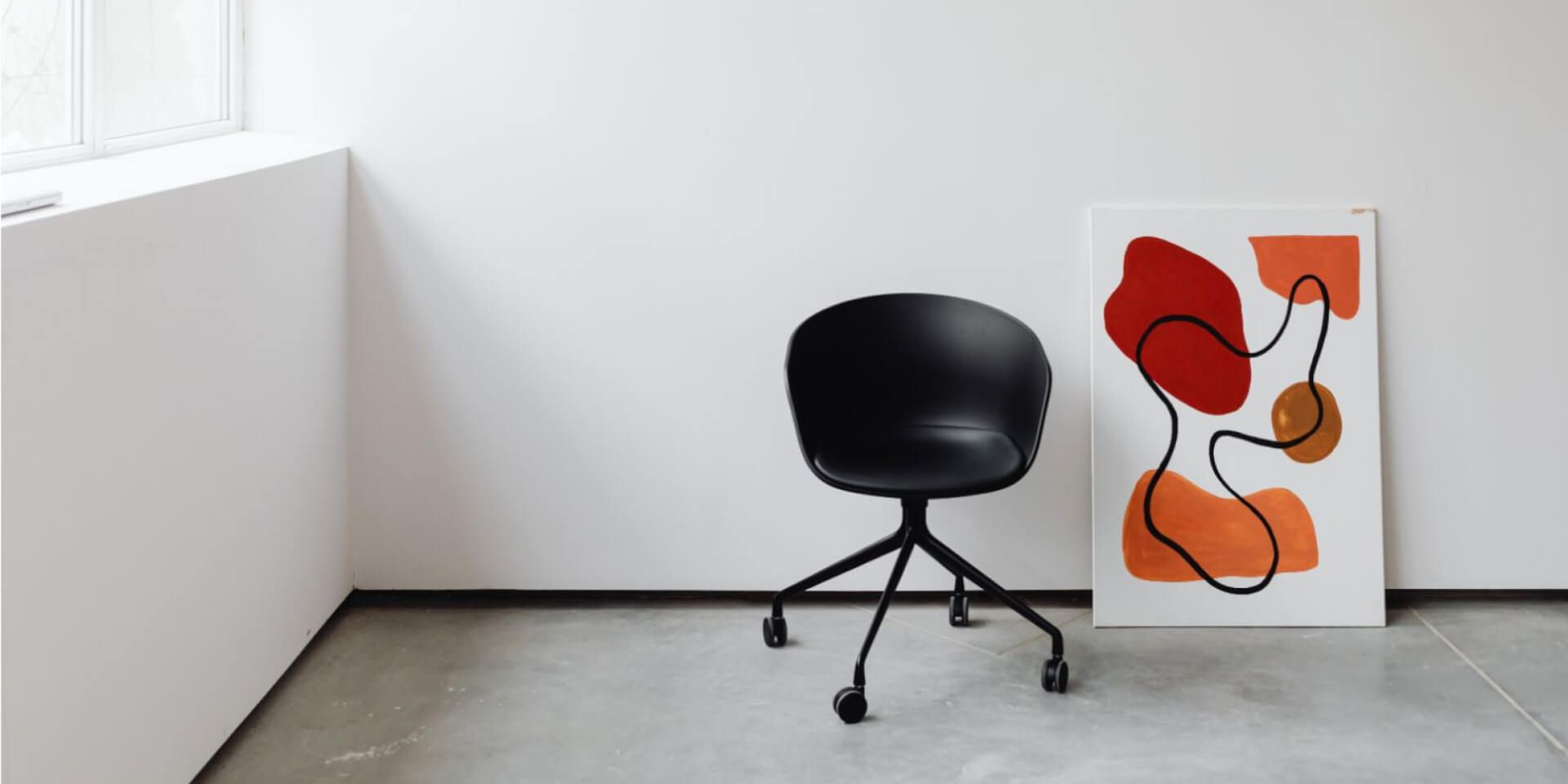In the realm of psychotherapy, the tools of the trade extend far beyond the conventional. Amidst discussions of therapeutic techniques and interventions, one often overlooked but surprisingly versatile tool is the rolling chair. In this article, inspired by the innovative applications of Dr. Sue Johnson, I explore the multifaceted role of the rolling chair as not only a practical solution for office setups but also as a nuanced clinical tool.
In training videos, Dr. Johnson demonstrates how a rolling chair can be used with couples to gently insert yourself between two people during a specific moment in a session. It can be used to calm down a highly escalated argument by getting the attention of each partner and slowing down their interactions. In contrast, moving closer to a couple can deepen emotional intensity and intimacy, especially with a withdrawn couple.
From enhancing client comfort to deepening emotional connections, the rolling chair emerges as a subtle yet powerful ally in the therapist’s toolkit.
Incorporating a Rolling Chair as a Therapeutic Tool
Here are four notable benefits of incorporating a rolling chair into therapy sessions in my experience as a psychotherapist working with children, couples, families, and adults:
1. I can change my position based on therapeutic needs or a client’s comfort.
Some clients are more timid, anxious, and avoidant. I can spot this client by their reluctance to make eye contact or a body posture that angles away from me. With this type of person, I may want to avoid making them uncomfortable by being too close in physical proximity, so I’ll roll my chair farther away. I may also turn my chair and angle my body away from the client because this may feel less intimidating than facing them directly. Very socially anxious people may even prefer to sit parallel to me so the need for direct eye contact decreases. In contrast, some clients are more comfortable with less personal space in the therapy room. They may even prefer a therapist who is physically closer as a sign of warmth and connection.
2. Adds flexibility to therapy with children.
Rolling chairs are helpful in various ways with children. Practically, it allows me to move my chair out of the way for play therapy. In addition, children often mumble or have speech impediments that require me to move closer to them to hear them better. I often read books to children and sitting next to them allows them to see the pictures and words. I may want to build the alliance, so I position myself next to children, not facing them, to create an atmosphere that signals casual friendship, rather than a more formal relationship.
Note that in my work with children, I’ve learned to set the boundary that the chair is not for spinning to avoid the chair becoming a distraction.
3. Moving closer heightens emotions to build insight.
Some people who come to therapy are limited in their emotional awareness and may not have the skills to recognize their somatic feelings. This can be due to dissociating from or repressing acute trauma memories. More commonly this is due to emotional neglect in childhood, the result of caregivers who failed to attune to, respond to, and educate on emotions. These clients may intellectualize their emotions and not connect intuitively with their felt experiences.
With this type of client, I often work to slow down their narrations and get them to sit with a feeling or thought to deepen their understanding. To do this, I look for a time when they are “skating past” an important emotion, roll closer, and ask them to pause and reflect on what they are experiencing in that moment as they tell that story. My vocal tone is soft, and my speed of talking is slow to encourage a similar softening and slowing of their emotional state.
I frequently work with people who are victims of abusive, narcissistic, or coercive relationships. These clients tend to enable, dismiss, and tolerate the inappropriate behavior of their partners. I want to communicate the opposite of that experience — that their partner’s behavior is unacceptable.
When they narrate something egregious that their partner said or did, I need them to understand that what they tell me is not normal. I want them to see my concerned expression and feel the increased intensity of my physical presence as I listen intently to their story. I lean forward and roll my chair a few inches toward them to help communicate my shock at what they are explaining, and I may even say: “Wait, he did what?”
For some people who have tolerated abusive behavior for years or decades, my reaction of shock and anger is a new experience compared to their passive acceptance. Months later, many will tell me that my concerned reaction to their stories was a significant turning point in their recovery.
4. Solves many practical office setup issues.
In purely practical terms, a rolling chair can make an office setup more flexible by allowing you to move and face various directions. In my office, I have a small desk next to me so that I can face clients unimpeded in my rolling chair and have quick access to my computer and other office essentials with a quarter turn.
Clients sit in one of three different chairs arranged on two different walls. No matter which chair they pick, the rolling chair allows me to swivel and talk to them easily. With a standard, non-movable chair I might have to get up and move it depending on where the client sits, which would make the patient uncomfortable about their chair selection.
Also on a practical level, many clients are reluctant to take a tissue — even though the box is within their reach. A rolling chair makes it easy for me to roll over, grab a tissue or the box, and hand it to them. To me, this feels more intimate than standing up. As a bonus, it leaves me in a position to be physically closer to them to signal empathy and warmth during their moments of distress.
A rolling chair is also practical when working with families with multiple members in my small office. I can sit in the middle of a circle of parents and children while still being able to turn and face each member as needed quickly.
I often use my laptop computer for psychoeducation. A moveable chair allows me to roll closer to the patient with the computer on my lap facing them so that I can show graphics and information that patients can read on screen.
Boundaries and Ethical Guidelines
It may go without saying, but I always maintain appropriate ethical boundaries regarding physical contact and proximity. I use physical touch only in a clinically relevant manner and only touch clients who are comfortable with it and approve of being touched. I never use a rolling chair to intimidate clients or force them to feel uncomfortable with my physical presence.
If you are considering using a rolling chair, I recommend one that is not too large and imposing. Find a chair that is height-adjustable so you can be at the same level with each client
Embracing the Role of the Rolling Chair in Therapy
In essence, I have found that the rolling chair serves as a subtle yet potent symbol of my commitment to client-centered care and active engagement in the therapeutic process. It is a testament to the myriad ways in which the simplest of tools can wield profound influence in the realm of therapy.


